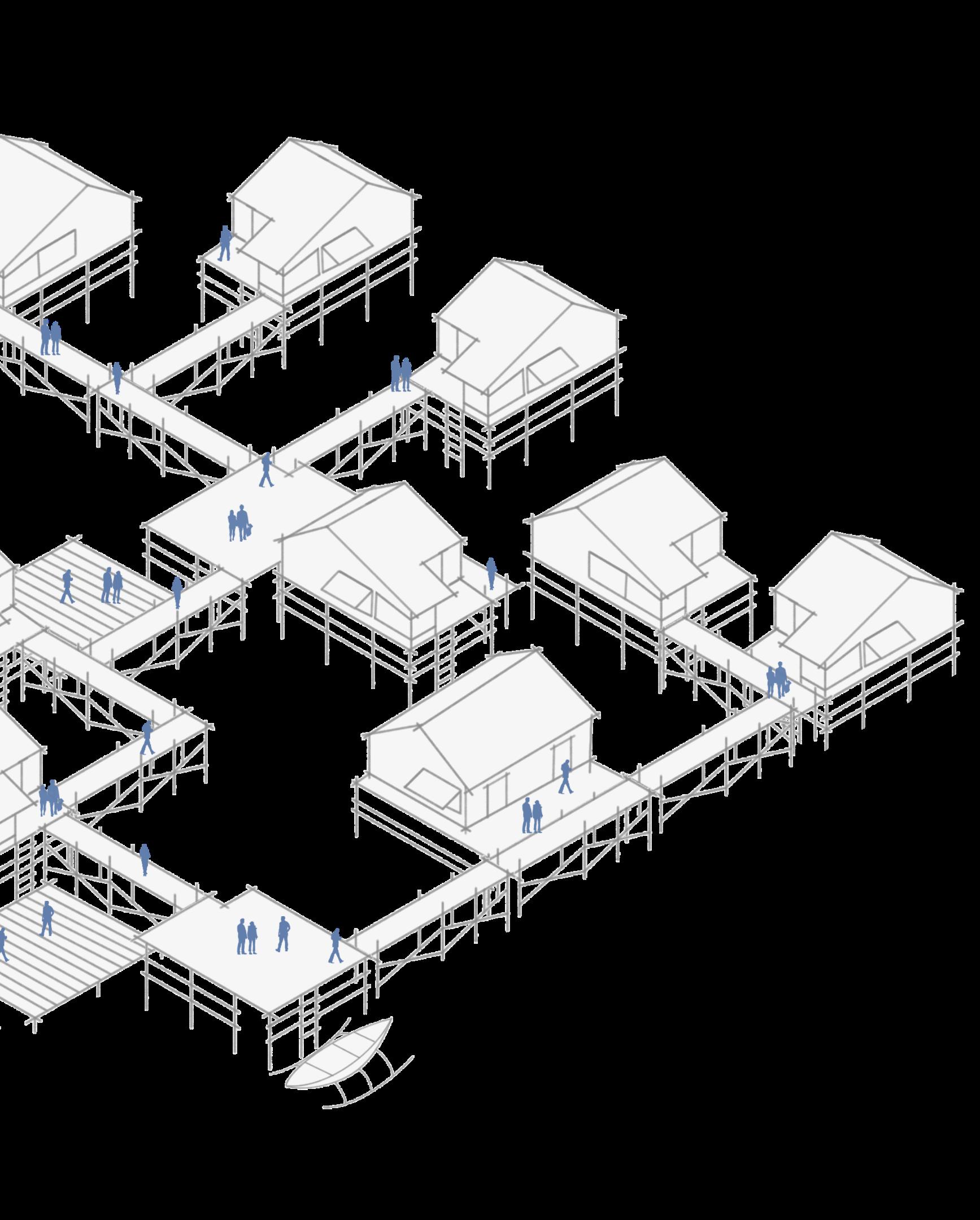aisha marcos portfolio
ᜀᜁᜐ᜔ᜑ ᜋᜍ᜔ᜃ᜔oᜐ᜔





+1 (360) 984 9550
Camas, Washington
aisha.marcos03@gmail.com
www.linkedin.com/in/aisha-marcos
LANGUAGES
TAGALOG - Native Language
ENGLISH - Fluent
HONORS/AWARDS
SCHOOL OF DESIGN AND CONSTRUCTION CAPSTONE DESIGN COMPETITION (WINNER)
WASHINGTON STATE UNIVERSITY PRESIDENT’S HONOR ROLL
WASHOUGAL HIGH SCHOOL
ACADEMIC ACHIEVEMENT AWARDS
SKILLS
AUTOCAD
4+ years exp
AUTOCAD REVIT
5+ years exp
RHINOCEROS 3D
7+ years exp
GRASSHOPPER
4 years exp
SKETCHUP
8+ years exp
TWINMOTION
3+years exp
LUMION
4+ years exp
ADOBE PHOTOSHOP
6+ years exp
ADOBE ILLUSTRATOR
6+ years exp
ADOBE INDESIGN
6+ years exp
REFERENCES
References upon request
WASHINGTON STATE UNIVERSITY
MASTER OF ARCHITECTURE
NAAB Accredited
Relevant Coursework: Advanced Tectonics, Safety and Health, and Site and Landscape
BACHELOR OF SCIENCE
Major in Architectural Studies; Minor in Construction Management
Relevant Coursework: Digital Analysis and Representation, Architectural Structures, Materials, Estimating, and Planning and Scheduling
WORK EXPERIENCE
PULLMAN, WA
2020 - 2023
MAY 2020
2017 - 2020
2014 - 2016
FACILITY OPERATIONS & SAFETY SERVICES
SPACE SPECIALIST / GRAPHIC DESIGNER
Administrative position in a team of student Workers, training new hired workers, delegating projects to people, and tracking of project progress.
WSU HOUSING & RESERVATIONS
APARTMENT COORDINATOR
Acted as a liaison between residents of the apartment and the WSU Housing Services to enforce the rules and regulations within the complex.
SDC MORPHOGENESIS LAB
RESEARCH ASSISTANT
Researched and gathered data for parametric geometries to design spaces or sculptures as well as tested various materials to be used in projects.
ACADEMIC & EXTRACURRICULAR
TEACHING ASSISTANT
ARCH 201 & 301: Architectural Design Studio I & III
Helped the professor in grading student work and projects, and provided necessary feedback and suggestions for improvement in their projects.
TEACHING ASSISTANT
ARCH 210: Digital Analysis and Representation
Worked in a team of three other teaching assistants to help in grading student work and organizing projects in a shared files location.
RESEARCH ASSISTANT
SDC Morphogenesis Lab
Worked in a team of several other research assistants in helping gather data and research for various computational/parametric geometries.
2016 - 2020
PULLMAN, WA 2016PRESENT







ZONING & SETBACKS
Setback levels for zoning and using for outdoor space
PROJECT DATE | Summer 2023
LOCATION | Seattle, WA
INSTRUCTOR | Shweta Sinha and Grace Kim
TYPOLOGY | Mixed-use Residential (Co-housing)
STRUCTURE TYPE | Concrete and CLT/Mass Timber
ACTIVATE
Activate the corner to promote interaction at the street



The aim for this project was to create a residential design which has its residents needs considered, creating cohesive community spaces that allows for social interaction within the building. The site’s zoning regulations and its many unique features were taken into great consideration in how the spaces were arranged and how the overall building envelope was designed.

Being located on the corner of 12th Ave and E Olive St, in Capitol Hill, it enables the project to incorporate spaces for social interaction at the pedestrian level by activating the corner space to be used as outdoor seating. Residential and communal spaces were designed to bring in and maximize benefits from natural elements such as increased access to daylight and minimally obstructed views of Mount Rainer and the Seattle skyline.
CONNECT & CIRCULATE
Circulation at breezeway to connect street to alley
DAYLIGHTING
Carving envelope to maximize daylight & ventilation








PROJECT DATE | Spring 2020
LOCATION | Seattle, WA
INSTRUCTOR | Diane Armpriest
COLLABORATORS | Ruri Adams and Jessie Lu
TYPOLOGY | Midrise Mixed-used Office
STRUCTURE TYPE | Steel
This project’s intention and overall design were done in collaboration with Ruri Adams and Jessie Lu. We partnered with three construction students with regards to the logistics and constructibility of the project. The goal for this project was to create a mixed-used mid-rise office that not only responds to the site, but to also be responsive to three or more petals of the living building challenge. The overall design for the building was able to achieve three of the seven of the sustainable design approach, which were beauty, materials and health & happiness.
To be able to accomplish the tasks for the living building challenge, the terraced atrium became one of the main features providing daylight and passive ventilation, allowing for an enriching experience through social interaction between floors. The rooftop programs also heavily influenced attaining the petal for health and happiness as it would promote outdoor activity as well as increase access to greenery/vegetation to users. Responsible materials were selected and integrated into the project to be able to receive the petal for materials.













PROJECT DATE | Spring 2019
LOCATION | Pullman, WA
INSTRUCTOR | Paul Hirzel
COLLABORATOR(S) | Josh Duldulao
TYPOLOGY | Hotel
STRUCTURE TYPE | Steel

This project’s ideas and concept were done in collaboration with Josh Duldulao. The aim for this project was to create a luxury hotel that would create unique experiences for its users, and would highlight and respond to the given project site. As the project’s name Lumen indicates the incorporation of light is one of the main features of the project, and it is shown through the use of woven metal panels for its facade. By using this type of facade, it not only provides shading from the sun, but also allows sunlight to penetrate through the perforation creating dynamic light motions in the interior of the building.
The project is located along E Main Street in Downtown Pullman and is adjacent with the South Fork Palouse River. This location provides the project with access to views of the river and downtown which enables for scenic experiences throughout the building. As the project location runs along E Main Street, it enables the project to interact with pedestrians and invite them into the space through the bar/restaurant at the ground level as well as providing easy accessibility to its users. The design for the hotel needed to respond and adapt to potential flooding within downtown as it has been historically prone to that kind of disaster being so closely adjacent to the South Fork Palouse River.





The woven/latticed metal panel being used as a sun shading facade for the building enables light to perforate into the building due to the spaces between the weaves.
This provides shade and also allows the users to see exterior views through the purposely placed voids in the facade system’s weave patterns.



PROJECT DATE | Spring 2021
LOCATION | Manila, Philippines
INSTRUCTOR | Paul Hirzel
TYPOLOGY | Pavilion
STRUCTURE TYPE | Wood (Bamboo)
A sense of place is varied for all people, but there is a commonality between them, a sense of familiarity and belonging. Through this project, a design was created in response to the Philippine culture’s importance on education which has been heavily influenced by books. This familiarity and importance for knowledge and for books led to the creation of a library pavilion that is located in the Manila Bay Boardwalk in Manila, Philippines, which is heavily used by pedestrians, being visited by locals and foreigners alike.
The design of the structure is heavily inspired by traditional filipino homes, nipa huts, to create a sense of familiarity within the space and introduce a structure that is not typically seen in an urban environment. Ultimately providing users with an enriching space where they are able to enjoy scenic views of the Manila Bay that invites them back to their roots, culture and heritage.

The bamboo cladding are formed to create a degree of transparency, in which the spacing for the bamboo gets bigger, from when you entered the building to getting to the edge.



Within the city, near bays and or parks are the only places where trees are more common. The structure, however, is integrated to the landscape as well as the local fauna surrounding it.
Extending into the bay, the pavillion creates a relationship with the water. Allowing the lower area of the structure to be submerged in water when flooding arises.




















ᜋᜍ᜔ᜃ᜔oᜐ᜔